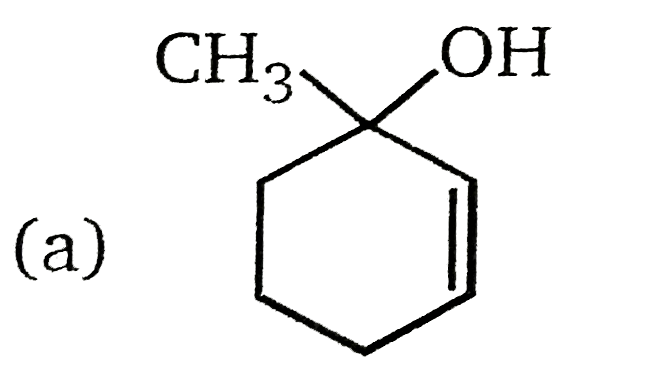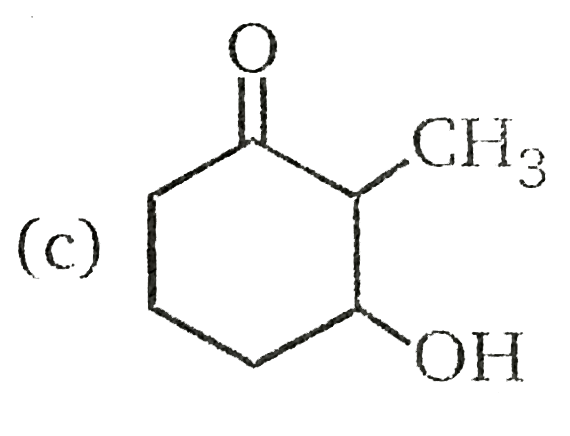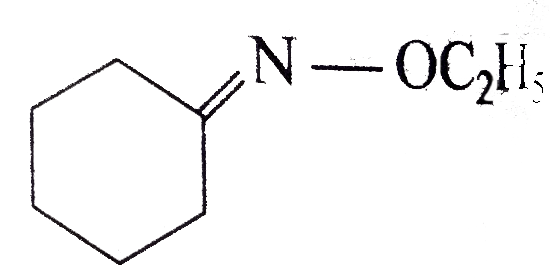In the reaction sequence :

A

B

C

D

Video Solution
Text Solution
The correct Answer is:B
Copper (I) salts have a remarkable effect on organometallic reagents.
Grignard reagents add directly to the carbonyl group of α,β-unsaturated aldehydes and ketones to give allylic alcohols: you have seen several examples of this, and you can now explain it by saying that the hard Grignard reagent prefers to attack the harder C=O rather than the softer C=C electrophilic centre. Here is a further example-the addition of MgBr to a cyclic ketone to give an allylic alcohol, plus , as it happens, some of a diene that arises from this alcohol by loss of water (dehydration). Below this example is the same reaction to which a very small amount (just 0.01 equivalents, that is 1%) of copper (I) chloride has been added. The effect of the copper is dramatic: it makes the Grignard reagent undergo conjugate addition, with only a trace of the diene.

Organocopper reagents undergo conjugate addition:
The copper works by transmetallating the Grignard reagent to give an organocopper reagent. Organocoppers are softer than Grignard reagents, and add in a conjugate fashion to the softer C=C double bond. Once the organocopper had added, the copper salt is available to transmetallate some more Grignard, and only a catalytic amount is required.

|
Topper's Solved these Questions
- GRIGNARD REAGENTSBOOK - MS CHOUHANCHAPTER - GRIGNARD REAGENTSEXERCISE - Level 1 (Q.61 To Q.66)
1 Videos
- GENERAL ORGANIC CHEMISTRYBOOK - MS CHOUHANCHAPTER - GENERAL ORGANIC CHEMISTRYEXERCISE - LEVEL- 1
1 Videos
- ISOMERISM (STRUCTURAL & STEREOISOMERISM)BOOK - MS CHOUHANCHAPTER - ISOMERISM (STRUCTURAL & STEREOISOMERISM)EXERCISE - Subjective Problems
17 Videos
Similar Questions
Knowledge Check
The product (B) of the reaction sequence is:
 A
A B
B C
C D
D
The end product (B) of the reaction sequence
 is .A
is .A B
B C
C D
D
ln the reaction sequence

The product 'C' is :ABenzonitrileBBenzaldehydeCBenzoic acidDBenzylamine


 .
.
_E01_318_Q01.png)


